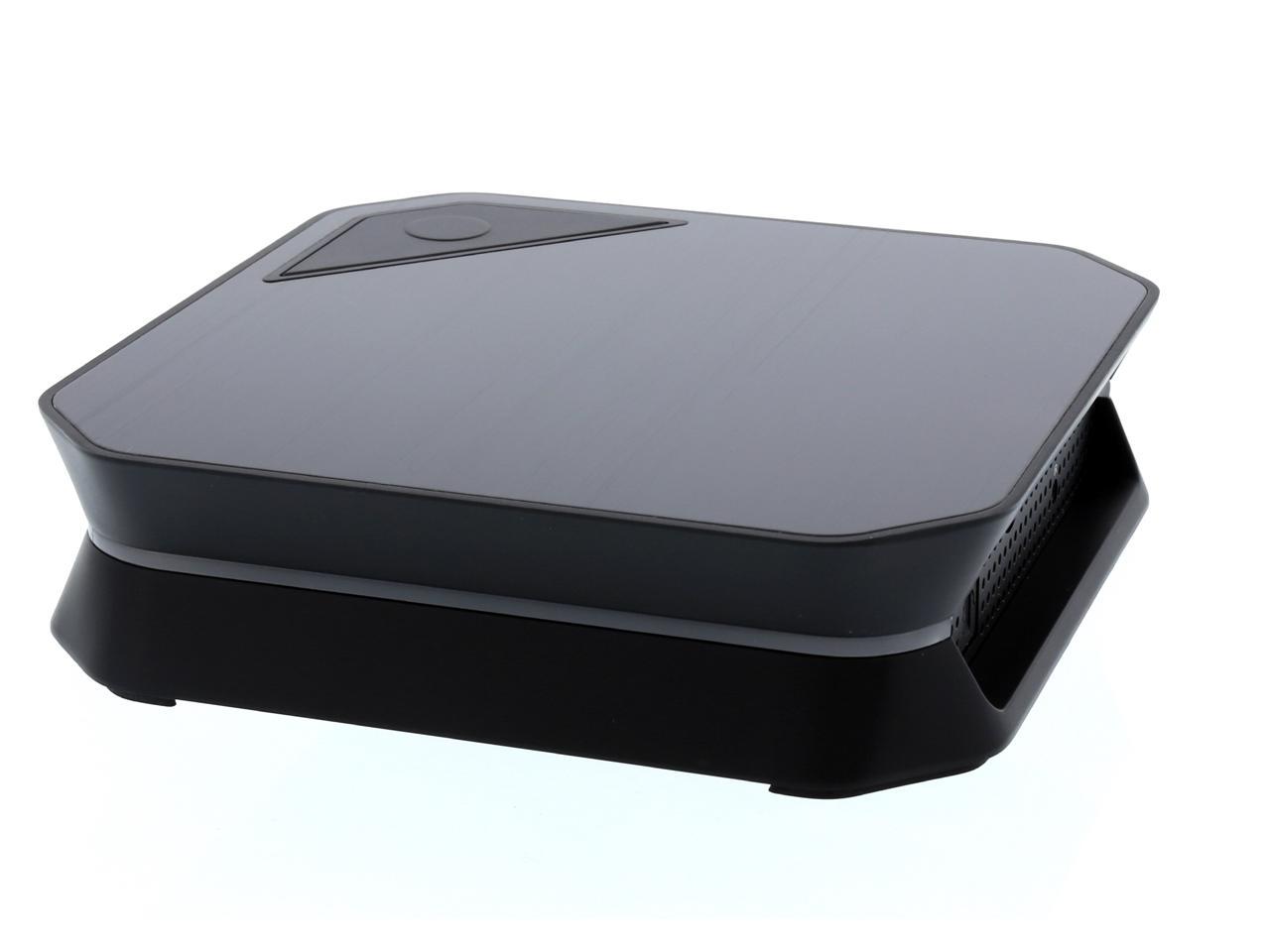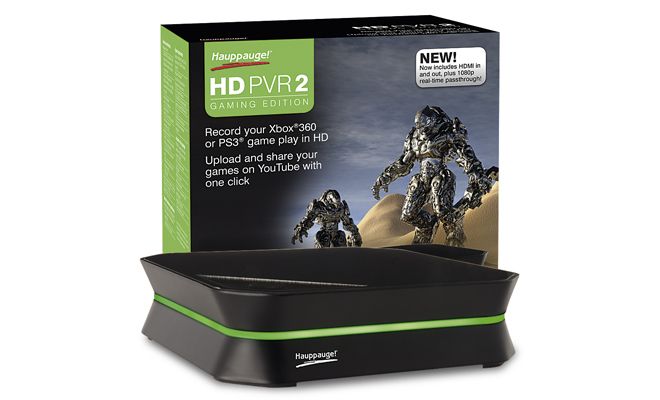

HPC was actually initiated in 1986 by an English company, Inmos, that designed a CPU competitive with an Intel 80386/387 that also included four twisted pair high-speed interconnects that could communicate with other transputers and be linked to a PC motherboard making it possible to create distributed memory processing computers that could employ 32 processors with the same throughput as 32 Intel 386/387s operating in a single PC. These products along with transputer-based add-in cards would eventually lead into what became known as HPC (high performance computing).

After playing around in the accelerator board business PCEO would settle down in the 80386 motherboard business originally selling a motherboard designed by one of its engineers as a home project that eventually ended up with a new division that today sells 40% of the motherboards used in high end PCs that find their way into products including Supercomputers, medical products, etc.Ĭompanies like Hauppauge and Microway that were impacted by their new competitor that made their living accelerating floating point applications being run on PCs followed suit by venturing into the Intel i860 vector coprocessor business: Hauppauge came out with an Intel 80486 motherboard that included an Intel i860 vector processor while Microway came out with add-in cards that had between one or more i860s. The new Intel division, PCEO (the PC Enhancement Operation) came out with a product called "Genuine Intel Math Coprocessors". This is when Andy Grove decided it was time for Intel to recapture its channel to market opening up a division to compete with its math coprocessor customers that by this time included 47th Street Camera. This included products like Hauppauge's 287 Fast/5, a product that took advantage of the 80287's design that used an asynchronous clock to drive its FPU at 5 MHz instead of the 4 MHz clocking provided by IBM, making it possible for the 80287s that came with the AT to be overclocked to 12 MHz.īy 1987, math coprocessors had become Intel's most profitable product line bringing in competition from vendors like Cyrix whose first product was a math coprocessor faster than the new Intel 80387, but whose speed was stalled by the 80386 that acted as a governor. At the same time the advent of the 80286 based IBM PC/AT with its 80287 math coprocessor provided new opportunities for companies that had grown up selling 8087s and supporting software. The math coprocessor business rapidly expanded starting in 1984 with software products that accelerated applications like Lotus 1-2-3. However, like other companies that entered the math coprocessor business, Hauppauge produced other products that contributed to a field that is today called HPC - high-performance computing. Hauppauge provided similar software products in competition with Microway that they bundled with math coprocessors and remained in the Intel math coprocessor business until 1993 when the Intel Pentium came out with a built-in math coprocessor.

By 1984, inline compilers made their way into the market providing increased speed ups. However, in 1982, the speed-up in floating-point-intensive applications was only a factor of 10 as the initial software developed by Microway and Hauppauge continued to call floating point libraries to do computations instead of placing inline x87 instructions inline with the 8088's instructions that allowed the 8088 to drive the 8087 directly. The 80-bit Intel 8087 math coprocessor ran a factor of 50 faster than the 8/16-bit 8088 CPU that the IBM PC software came with. Starting in 1983, the company followed Microway, the company that a year earlier provided the software needed by scientists and engineers to modify the IBM PC Fortran compiler so that it could transparently employ Intel 8087 coprocessors. Hauppauge was co-founded by Kenneth Plotkin and Kenneth Aupperle, and became incorporated in 1982. 2.4 High-Definition Personal Video Recorder.


 0 kommentar(er)
0 kommentar(er)
